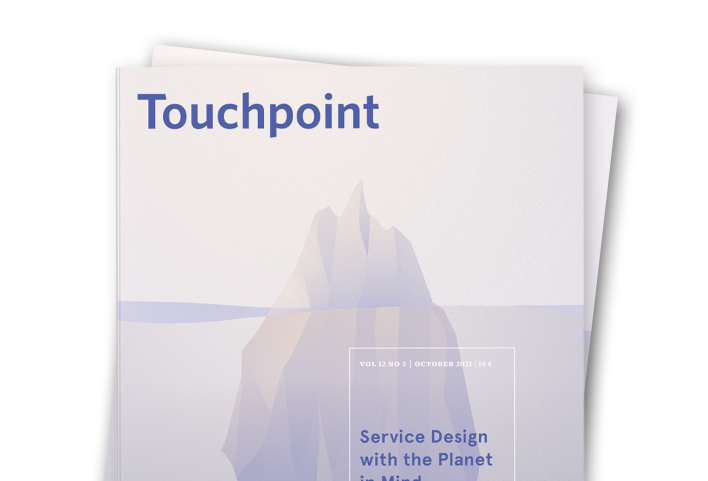
17 Touchpoint articles in this issue
Touchpoint overview

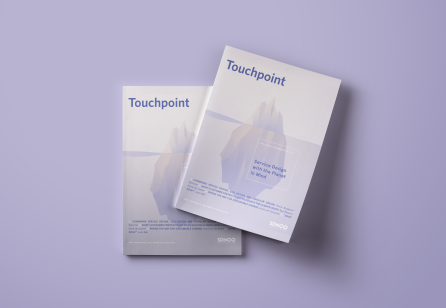
From our Editors
As this issue of Touchpoint goes to press, COP26 is just a few weeks away. This will be the 26th edition of the UN’s climate change summit, and it comes with an urgent burden: It is seen as “… the world’s best last chance to get runaway climate change under control.”
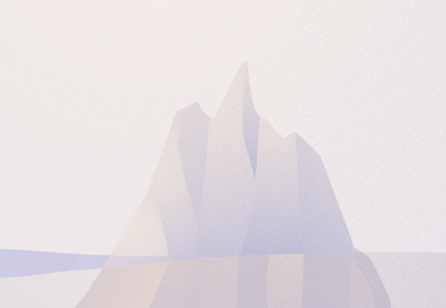
Service Design for the Planet
Driving along the U.S Route 27 north of Cincinnati, Ohio, you can catch sight of a mountain. It’s not majestically jagged like the European Alps — nor endlessly undulating like the much older Appalachians, which sweep from Canada through the southern United States. In fact, you might not understand the true nature of Mt. Rumpke until you get closer... and smell it.
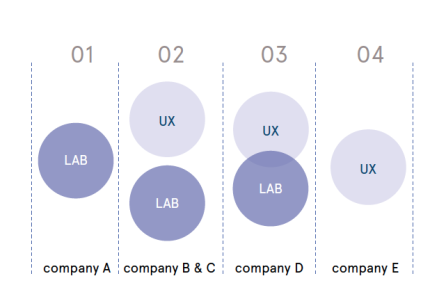
Service Design Perspectives: Innovation Labs and UX teams
In the 21st century, design’s scope has been amplified in the business context. Due to the digital revolution and the emergence of new technologies, in order to foster innovation and adapt to market changes and to new consumer needs, the majority of organisations have increased their investments in design.
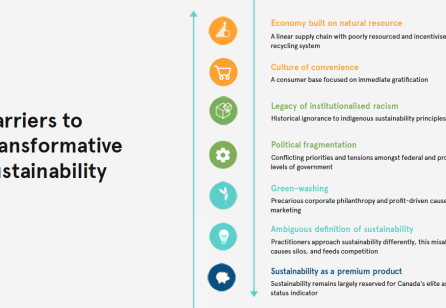
Designing the Future We Need
The concept of sustainability embraces a wide range of opportunity areas, as the diversity of the United Nations’ Sustainable Devel- opment Goals (SDGs) demonstrates1. What role might service design play to address the SDGs and help steer the transformation to sustainable and resilient solutions? We explore how organisations might respond strategically to these challenges and opportunities through the practice of strategic foresight and design.
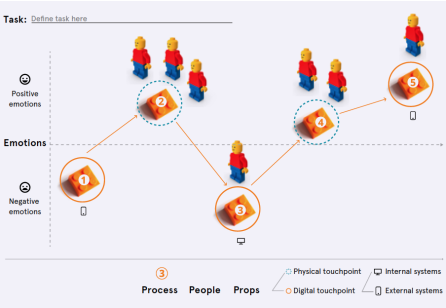
TP12-3 Emulating Natural Ecosystems in Service Design
What relationship do UX, CX, service design and systems design share? Like our natural ecosystem, they all exist from the microscopic levels of an individual to the complex ecosystems we interact with.
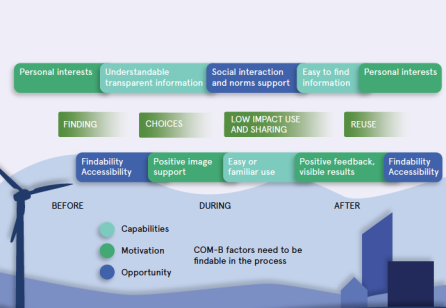
Service Design Tools for Sustainable Behaviour Change
Many tools for sustainable behaviour change exist to help design services in the transition towards sustainable lifestyles. These tools provide guidance on how to create support for the drivers to motivate change, for customers to understand and learn what to do, and how to sustain new consumption habits.
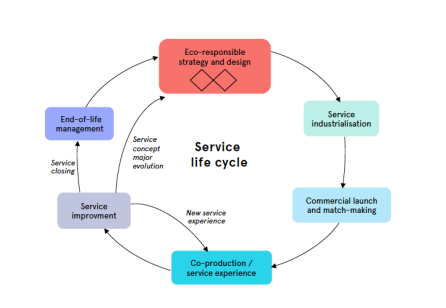
Combining Service Design, Eco-Design and Circular Design
Towards a ‘planet in mind’ service design redirection Services represent a large part of human activity and its resultant environmental impacts. However, this dimension is still little addressed by our practice, despite it being a multidimensional and holistic approach. Our planet needs us. Adding just one more dimension is not enough. Environmental impacts must be the foundation of the entire approach. Eco-design and circular design introduce interesting mindsets and tools to work in this direction.
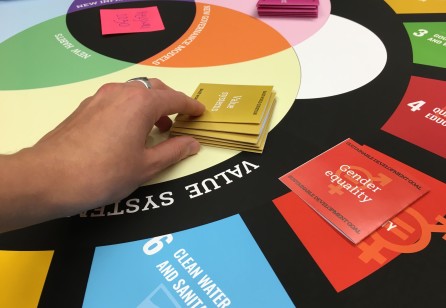
Envisioning Desirable Futures
As service design practitioners, we see organisational transfor- mations towards sustainability as a natural continuation for organisations’ customer-centric transformation. However, the complexity of sustainability challenges traditional structures and mindsets even more. In this article, we’ll address three change needs of organisations when transforming towards sustainability, in which service design can add value.
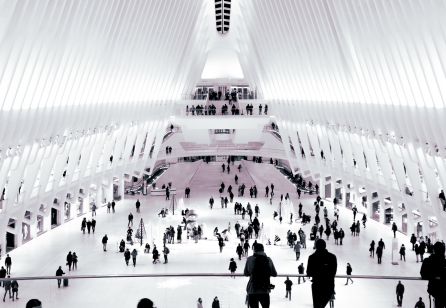
What’s Customer Centricity Got to Do with the Climate Crisis?
The driving logic of service design has been customer-centricity. That a better customer experience is good for customers, business and operations is the core of our belief system. This logic is, however, based on confidence that the economy is benign. The climate crises we face ask deep questions of this assumption.
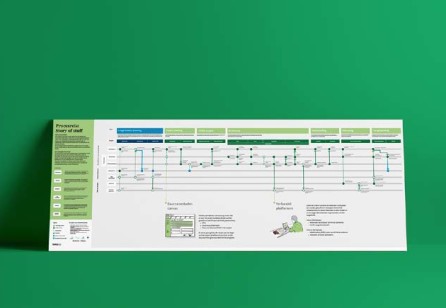
Paving the Way for Sustainable Change
“By 2040 we will be carbon neutral!” is a phrase often shared in mainstream media by companies and institutions to show their commitment to sustainability. Often, however, concrete plans are lacking or are vaguely formulated. In our experience, service design is uniquely equipped to bridge the gap between aspiration and reality.
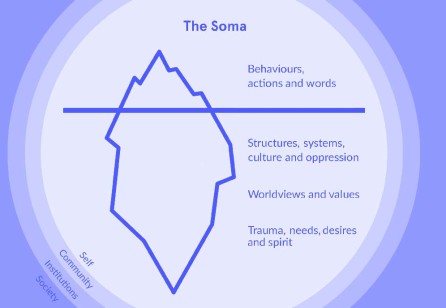
‘Somatic Design’: Engaging the Body for Climate Healing
Climate change is symptomatic of a failing system designed upon principles of dominance and extraction, causing trauma to people and planet. Emerging evidence shows that when design processes engage the body through ‘somatic design’, they have more capacity to embody different principles, support healing and contribute to transformative systems change.
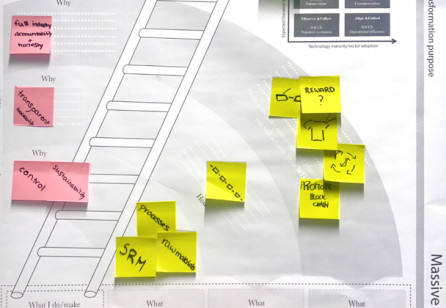
The Thoughts You Allow Determine Your Actions
Design has grown a conscience. As design has become aware of its impact on global and complex issues such as microplastics, consumerism and social inequality, it has also become increasingly capable of addressing holistic and networked problems and impacting society and the planet in a positive way, with intent.
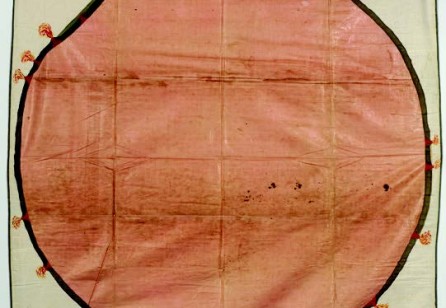
Introducing ‘Planetary’ to Design
In the past couple of years, ‘planet’ became one of the new keywords in design discourse, but to make the use of this word truly constructive we need to study carefully what it implies and how it can alter our old frameworks.
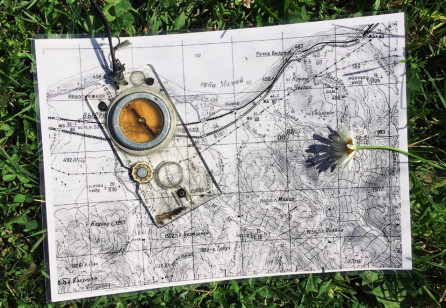
“What Now?” The role of service design in mapping uncharted territory
Disruptions are inevitable. Whether we face system-level events or minor interruptions, we spend our days navigating the uncertain space between strategic ideals, tactical intentions and the ambiguity of the mundane. Most of the time we navigate gaps between our plans and reality without event. Other times we face “What Now?” moments.

Applying a Service Design Approach to Understand Household Consumption and Disposal of Medicines in India
Pharmaceutical waste is a growing challenge in India because of the decreasing cost of manufacturing and rampant consumption of medicines to treat common illnesses. Drugs or medicines stored at home are used to treat chronic or acute diseases. Selfmedication practices prompt the user to discontinue medication as soon as the symptoms disappear, leading to excessive storage and mismanagement of unused and expired medicines.
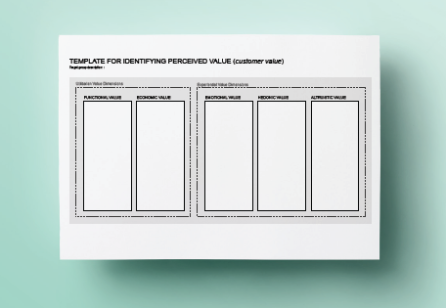
Zoom-in on Customer Value
Designers are frequently called on to identify how to create customer value, but there is a lack of clear, theoretically sound frameworks to present the findings. This perceived value framework helps to structure qualitative analysis in a way that is easy to communicate and use further in the design process.
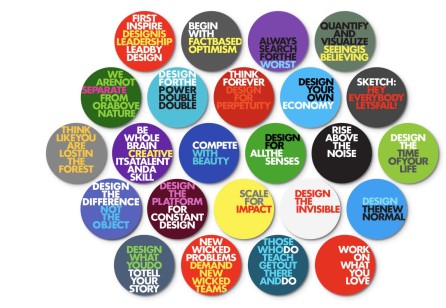
Massive Change – Life-Centred Design
Recently, Touchpoint publisher Prof. Birgit Mager sat down with design pioneer Bruce Mau to discuss his recent thinking about enterprise design, the significance of canoe-building and life-centred design.


